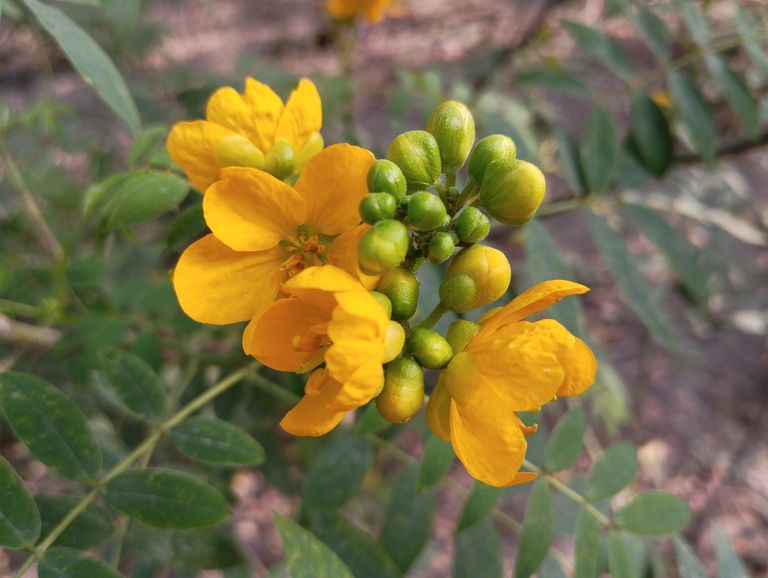
The Unassuming Beauty of Wildflowers.
Wildflowers are nature’s poetry, scattered across meadows, mountains, and roadsides, often unnoticed in their quiet splendor. Unlike cultivated flowers meticulously planted and tended to, wildflowers thrive independently, adapting to their environment with remarkable resilience. They embody simplicity and natural elegance, captivating those who pause to observe their delicate charm.
A Symphony of Colors and Shapes
Wildflowers paint the landscape with an array of vibrant hues and intricate patterns. From the golden brilliance of sunflowers swaying in the wind to the gentle blues of forget-me-nots nestled in damp soil, each wildflower species adds its unique contribution to nature’s palette. Their diverse shapes, from the star-shaped asters to the bell-like foxgloves, reveal a world of design that no human artist could replicate.
These unassuming blooms often serve as the first sign of seasonal change. Spring’s arrival is heralded by the vibrant emergence of daisies and buttercups, while autumn brings subtle goldenrods and asters, reminding us of nature’s endless cycle of renewal.
Resilience and Survival
One of the most inspiring aspects of wildflowers is their resilience. They flourish in seemingly inhospitable environments—cracks in pavements, arid deserts, and rocky cliffs. This ability to thrive without human intervention is a testament to the enduring spirit of life.
Unlike ornamental flowers, wildflowers do not require fertilizers, pesticides, or special care. Their survival depends on their adaptability, as they coexist with the native flora and fauna. They form an essential part of ecosystems, providing nectar for pollinators such as bees, butterflies, and hummingbirds. In turn, these creatures help in the propagation of wildflowers, creating a harmonious cycle of interdependence.
The Role of Wildflowers in Biodiversity
Wildflowers are crucial for maintaining biodiversity. They support countless species of insects, birds, and mammals by offering food, shelter, and breeding grounds. For instance, milkweed, a common wildflower, is the primary host plant for monarch butterflies, whose survival depends on it.
Moreover, wildflowers play a vital role in soil conservation and water retention. Their roots stabilize the soil, preventing erosion, while their presence enhances the fertility of the ground. This makes them indispensable to the health of natural landscapes.
Wildflowers in Art and Culture
Wildflowers have inspired poets, artists, and writers for centuries. Their simplicity and spontaneity often symbolize freedom, innocence, and the beauty of untamed nature. In literature, they are frequently used as metaphors for life’s fleeting beauty or as symbols of hope and resilience.
Artists like Vincent van Gogh and Claude Monet have immortalized wildflowers in their paintings, capturing their ephemeral beauty on canvas. Wildflowers also hold cultural significance in various traditions, representing themes of renewal, love, and connection to the earth.
Protecting Wildflowers
Despite their resilience, wildflowers face threats from urbanization, agriculture, and climate change. Expanding cities encroach upon their habitats, while the excessive use of herbicides eliminates them from agricultural landscapes. Conservation efforts, such as creating wildflower meadows and preserving natural habitats, are essential to ensure these plants continue to flourish.
Individuals can contribute by planting native wildflowers in their gardens, reducing pesticide use, and supporting conservation organizations. Such efforts not only benefit the environment but also bring a piece of nature’s untouched beauty into our lives.
Wildflowers remind us of the beauty in simplicity and the power of resilience. They are nature’s unsung heroes, quietly sustaining ecosystems while adding color and life to our surroundings. As we admire their unpretentious charm, let us also recognize the importance of preserving these delicate yet hardy blooms.
In a world that often prioritizes the grand and extravagant, wildflowers teach us to find joy in the small, unassuming moments of life. Their beauty may be fleeting, but their impact is everlasting.
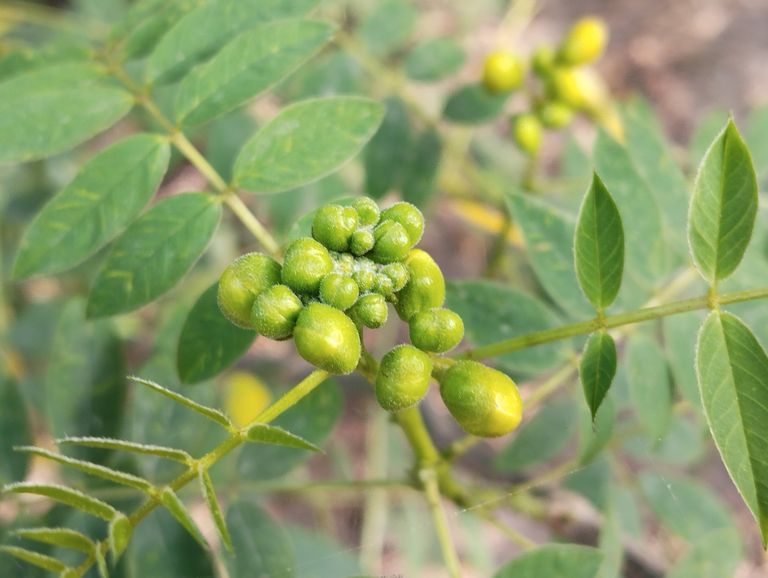
Wildflowers: Diseases and Pests That Affect Them
Wildflowers are an integral part of our natural ecosystems, contributing to biodiversity and serving as food sources for pollinators and other wildlife. These plants are typically hardy and well-adapted to their environments. However, like all plants, wildflowers can also be affected by various diseases and pests. Understanding these issues is essential for preserving their beauty and ecological role. In this blog, we will explore the common diseases and pests that affect wildflowers and how to manage them effectively.
Common Diseases Affecting Wildflowers
- Powdery Mildew
Powdery mildew is a fungal disease that appears as a white, powdery coating on leaves, stems, and flowers. It thrives in warm, humid conditions and can weaken plants by interfering with photosynthesis.
Symptoms:
White or grayish powdery spots on leaves and stems
Distorted or stunted growth
Prevention and Management:
Ensure good air circulation by avoiding overcrowding.
Water plants at the base to keep foliage dry.
Use fungicides or natural remedies like neem oil if necessary.
- Rust
Rust is another fungal disease characterized by orange, yellow, or brown pustules on the undersides of leaves. It can spread rapidly in damp environments.
Symptoms:
Yellowing of leaves
Small, rust-colored spots on leaves and stems
Prevention and Management:
Remove infected leaves and debris promptly.
Avoid overhead watering.
Rotate plant species to break the disease cycle.
- Leaf Spot Diseases
Various fungi and bacteria cause leaf spot diseases, resulting in small, discolored spots on leaves. These spots can merge, causing leaves to wither and drop prematurely.
Symptoms:
Circular or irregular spots on leaves
Browning or yellowing of foliage
Prevention and Management:
Maintain proper spacing between plants.
Regularly inspect and remove infected leaves.
Apply organic fungicides for severe cases.
Pests That Harm Wildflowers
- Aphids
Aphids are small, sap-sucking insects that can weaken plants and transmit diseases. They often cluster on new growth.
Symptoms:
Sticky residue (honeydew) on leaves
Curled or distorted leaves
Presence of ants attracted to honeydew
Prevention and Management:
Introduce natural predators like ladybugs.
Spray plants with a mixture of water and mild soap.
Use insecticidal soap for heavy infestations.
- Spider Mites
Spider mites are tiny pests that feed on plant sap, causing stippled or yellowed leaves. They thrive in hot, dry conditions.
Symptoms:
Fine webbing on plants
Leaves turning yellow or bronze
Speckled appearance on foliage
Prevention and Management:
Keep plants well-watered and mist foliage regularly.
Introduce predatory mites or other beneficial insects.
Use neem oil or horticultural sprays.
- Caterpillars
While caterpillars are part of the natural ecosystem, they can defoliate plants if their populations are too high.
Symptoms:
Holes in leaves and flowers
Presence of larvae on plants
Prevention and Management:
Hand-pick caterpillars off plants.
Encourage birds and other natural predators.
Apply organic insecticides sparingly.
General Tips for Wildflower Health
- Select Disease-Resistant Varieties
Choose wildflower species that are naturally resistant to common diseases in your area.
- Maintain Healthy Soil
Healthy soil promotes strong plant growth, making wildflowers more resilient to diseases and pests. Add organic matter like compost to improve soil health.
- Provide Proper Spacing
Avoid overcrowding, as it can create a humid environment conducive to fungal growth.
- Monitor Regularly
Inspect wildflowers frequently for signs of disease or pest infestation. Early detection is key to effective management.
- Encourage Biodiversity
Plant a mix of wildflower species to reduce the spread of diseases and attract beneficial insects.
Wildflowers are remarkably resilient, but they are not immune to diseases and pests. By recognizing the symptoms of common issues and taking preventive measures, you can ensure the health and vitality of these beautiful plants. Whether you’re managing a wildflower meadow or simply enjoying them in your garden, a little care and attention can go a long way in preserving their ecological and aesthetic value.
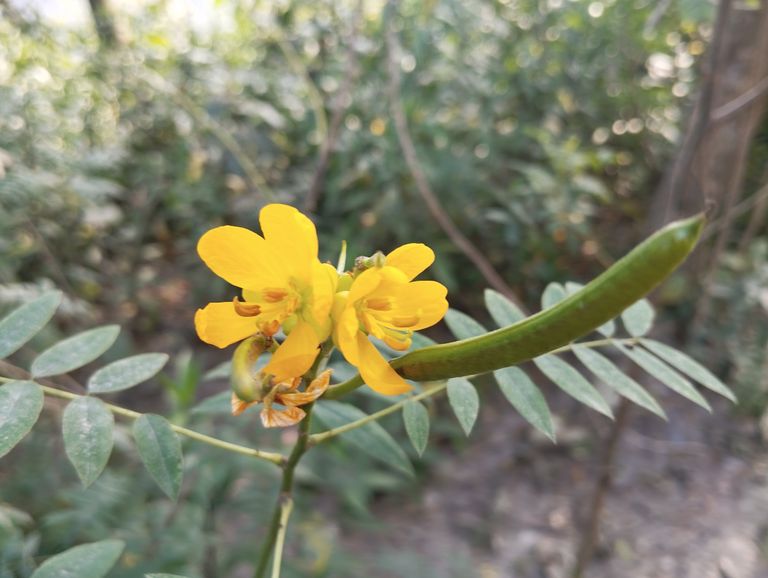
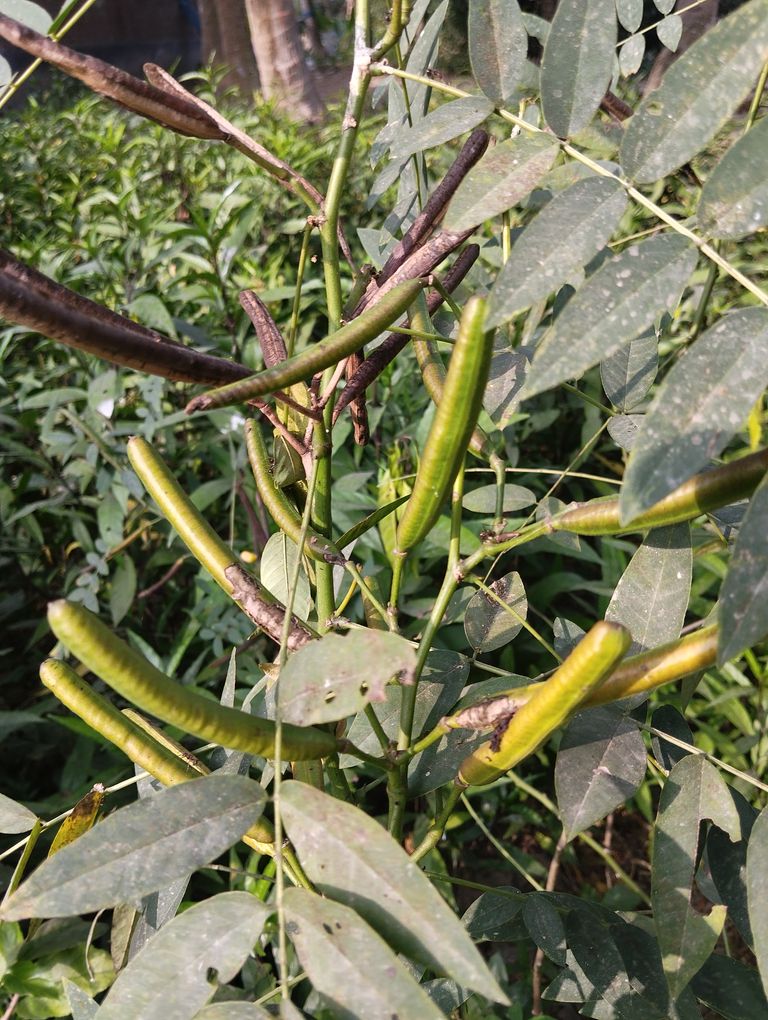
Caring for Wildflowers: A Comprehensive Guide
Wildflowers are nature’s masterpieces, offering vibrant colors and textures to any garden or landscape. They thrive in diverse environments, often requiring less care than cultivated plants. However, a little nurturing can help these beauties flourish and enrich the ecosystem. Here’s a detailed guide on how to care for wildflowers.
Understanding Wildflowers
Wildflowers are naturally occurring plants adapted to local conditions. They’re often drought-tolerant, resistant to pests, and beneficial for pollinators like bees, butterflies, and birds. Popular varieties include:
Black-Eyed Susans
Coneflowers
Wild Poppies
Bluebells
Daisies
Before planting or managing wildflowers, research species native to your region. Native plants are more likely to thrive with minimal intervention.
Preparing the Soil
Although wildflowers are hardy, preparing the soil can boost their growth:
- Choose the Right Spot: Select an area with adequate sunlight since most wildflowers prefer 6–8 hours of direct light.
- Test the Soil: Wildflowers grow well in moderately fertile soil. Test the soil pH (ideally 6.0–7.0) and amend if necessary.
- Clear the Area: Remove weeds, grasses, and debris to reduce competition for nutrients and water.
- Loosen the Soil: Till the soil lightly to ensure good seed-to-soil contact.
Planting Wildflowers
- Timing Matters:
Spring planting: Suitable for areas with mild winters.
Fall planting: Ideal for cold climates as seeds undergo natural stratification.
- Sowing Seeds:
Mix seeds with sand for even distribution.
Scatter seeds lightly and press them into the soil without covering them deeply.
- Spacing: Avoid overcrowding, as wildflowers need room to grow and spread.
Watering and Mulching
Watering:
After planting, water the area gently but thoroughly.
Once established, wildflowers typically require minimal watering unless there’s a prolonged drought.
Mulching: Add a thin layer of organic mulch to retain moisture and suppress weeds.
Weed Management
Weeds can compete with wildflowers for nutrients. Regularly inspect the area and remove unwanted growth by hand. Be cautious not to uproot wildflower seedlings accidentally.
Fertilizing and Feeding
Wildflowers rarely need fertilizers. Over-fertilizing can lead to excessive foliage growth, reducing flower production. If the soil is poor, use a balanced organic fertilizer sparingly.
Deadheading and Pruning
- Deadheading: Remove spent blooms to encourage more flowering and prevent unwanted self-seeding.
- Pruning: Trim back overgrown or leggy plants to maintain a tidy appearance and promote healthy growth.
Encouraging Wildlife
Wildflowers are vital for pollinators. To create a wildlife-friendly garden:
Plant a mix of species that bloom at different times.
Avoid using pesticides or chemical treatments.
Provide water sources like shallow bowls or birdbaths.
Seasonal Care
- Spring: Monitor new growth and water if the soil is dry.
- Summer: Deadhead and prune as needed.
- Fall: Allow some flowers to go to seed for natural propagation.
- Winter: Leave dried stems and seed heads for wintering insects and birds.
Common Challenges
- Pest Infestations: Use natural remedies like neem oil or introduce beneficial insects like ladybugs.
- Overgrowth: Regular maintenance prevents invasive species from overtaking the area.
- Drought: Opt for drought-tolerant species in arid regions.
Wildflowers are not only a stunning addition to your garden but also a critical part of the ecosystem. With proper care, they can thrive and bring joy year after year. Embrace the beauty of wildflowers and let nature’s charm transform your space.
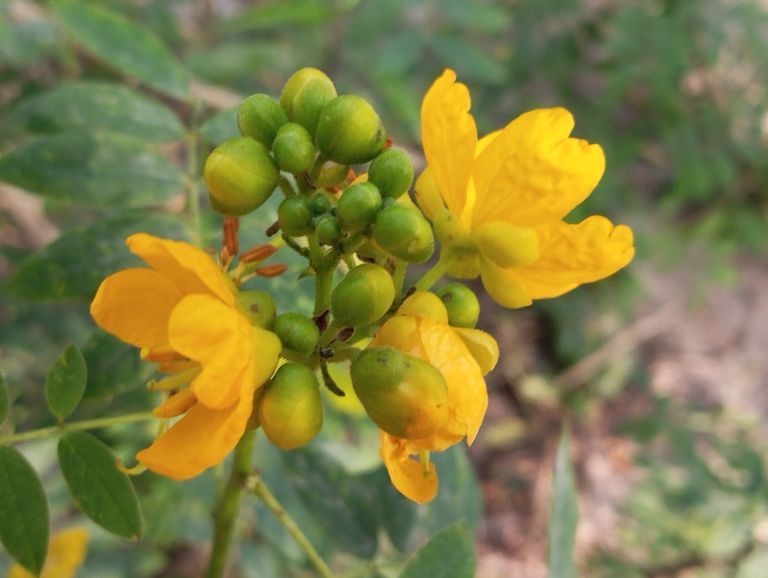
Caring for Wildflowers: A Comprehensive Guide
Wildflowers are nature’s masterpieces, offering vibrant colors and textures to any garden or landscape. They thrive in diverse environments, often requiring less care than cultivated plants. However, a little nurturing can help these beauties flourish and enrich the ecosystem. Here’s a detailed guide on how to care for wildflowers.
Understanding Wildflowers
Wildflowers are naturally occurring plants adapted to local conditions. They’re often drought-tolerant, resistant to pests, and beneficial for pollinators like bees, butterflies, and birds. Popular varieties include:
Black-Eyed Susans
Coneflowers
Wild Poppies
Bluebells
Daisies
Before planting or managing wildflowers, research species native to your region. Native plants are more likely to thrive with minimal intervention.
Preparing the Soil
Although wildflowers are hardy, preparing the soil can boost their growth:
- Choose the Right Spot: Select an area with adequate sunlight since most wildflowers prefer 6–8 hours of direct light.
- Test the Soil: Wildflowers grow well in moderately fertile soil. Test the soil pH (ideally 6.0–7.0) and amend if necessary.
- Clear the Area: Remove weeds, grasses, and debris to reduce competition for nutrients and water.
- Loosen the Soil: Till the soil lightly to ensure good seed-to-soil contact.
Planting Wildflowers
- Timing Matters:
Spring planting: Suitable for areas with mild winters.
Fall planting: Ideal for cold climates as seeds undergo natural stratification.
- Sowing Seeds:
Mix seeds with sand for even distribution.
Scatter seeds lightly and press them into the soil without covering them deeply.
- Spacing: Avoid overcrowding, as wildflowers need room to grow and spread.
Watering and Mulching
Watering:
After planting, water the area gently but thoroughly.
Once established, wildflowers typically require minimal watering unless there’s a prolonged drought.
Mulching: Add a thin layer of organic mulch to retain moisture and suppress weeds.
Weed Management
Weeds can compete with wildflowers for nutrients. Regularly inspect the area and remove unwanted growth by hand. Be cautious not to uproot wildflower seedlings accidentally.
Fertilizing and Feeding
Wildflowers rarely need fertilizers. Over-fertilizing can lead to excessive foliage growth, reducing flower production. If the soil is poor, use a balanced organic fertilizer sparingly.
Deadheading and Pruning
- Deadheading: Remove spent blooms to encourage more flowering and prevent unwanted self-seeding.
- Pruning: Trim back overgrown or leggy plants to maintain a tidy appearance and promote healthy growth.
Encouraging Wildlife
Wildflowers are vital for pollinators. To create a wildlife-friendly garden:
Plant a mix of species that bloom at different times.
Avoid using pesticides or chemical treatments.
Provide water sources like shallow bowls or birdbaths.
Seasonal Care
- Spring: Monitor new growth and water if the soil is dry.
- Summer: Deadhead and prune as needed.
- Fall: Allow some flowers to go to seed for natural propagation.
- Winter: Leave dried stems and seed heads for wintering insects and birds.
Common Challenges
- Pest Infestations: Use natural remedies like neem oil or introduce beneficial insects like ladybugs.
- Overgrowth: Regular maintenance prevents invasive species from overtaking the area.
- Drought: Opt for drought-tolerant species in arid regions.
Wildflowers are not only a stunning addition to your garden but also a critical part of the ecosystem. With proper care, they can thrive and bring joy year after year. Embrace the beauty of wildflowers and let nature’s charm transform your space.
The Beauty of Wildflowers: Nature’s Untamed Masterpieces
Wildflowers, with their vibrant hues and delicate forms, are nature’s exquisite offerings. Unlike cultivated garden plants, wildflowers grow spontaneously in the wilderness, thriving in fields, meadows, forests, and roadsides. Their untamed beauty not only adds color to the landscape but also plays a significant role in maintaining ecological balance.
The Diverse World of Wildflowers
The world of wildflowers is astonishingly diverse. From the cheerful daisies and delicate bluebells to the bold sunflowers and fiery Indian paintbrushes, wildflowers come in an endless array of colors, shapes, and sizes. These plants have adapted to various environments, making them resilient and versatile. In arid deserts, you’ll find hardy blooms like the desert marigold, while alpine meadows are adorned with the vibrant hues of forget-me-nots and alpine asters.
The Ecological Importance of Wildflowers
Wildflowers are more than just a feast for the eyes; they are vital to the ecosystem. They serve as food and shelter for countless insects, birds, and small animals. Bees, butterflies, and other pollinators rely on wildflowers for nectar and pollen. This pollination process is essential for the reproduction of many plants, including crops that humans depend on for food. Additionally, wildflowers prevent soil erosion, improve soil fertility, and contribute to the water cycle.
Cultural and Symbolic Significance
Throughout history, wildflowers have held deep symbolic meanings across cultures. The poppy, for instance, symbolizes remembrance and hope, while the lotus represents purity and enlightenment in many Eastern traditions. Wildflowers have inspired countless poets, artists, and writers, serving as metaphors for resilience, beauty, and freedom. Their ability to thrive in harsh conditions often reminds us of the strength found in adversity.
Wildflowers in Modern Landscapes
In recent years, wildflowers have gained popularity in landscaping and gardening. Homeowners and urban planners are incorporating wildflower meadows into their designs to create low-maintenance, eco-friendly spaces. Wildflower gardens not only enhance aesthetic appeal but also support biodiversity, making them a sustainable choice for modern living.
Tips for Appreciating Wildflowers
- Go on Nature Walks: Explore local trails, parks, or reserves to observe wildflowers in their natural habitat.
- Photography: Capture their beauty through the lens, but avoid picking them to preserve their ecosystem.
- Learn and Identify: Use field guides or apps to identify different species of wildflowers.
- Plant Native Species: Create a wildflower patch in your garden to attract pollinators and support local biodiversity.
A Call to Protect
As urbanization and climate change threaten natural habitats, wildflowers face the risk of decline. Protecting these floral treasures requires collective efforts, such as conserving wild spaces, planting native species, and supporting organizations dedicated to habitat restoration.
Wildflowers remind us of the simple joys and wonders of nature. Their spontaneous growth, vibrant colors, and ecological importance make them a vital part of our world. Next time you see a meadow filled with wildflowers, take a moment to admire their unassuming beauty and the life they support.